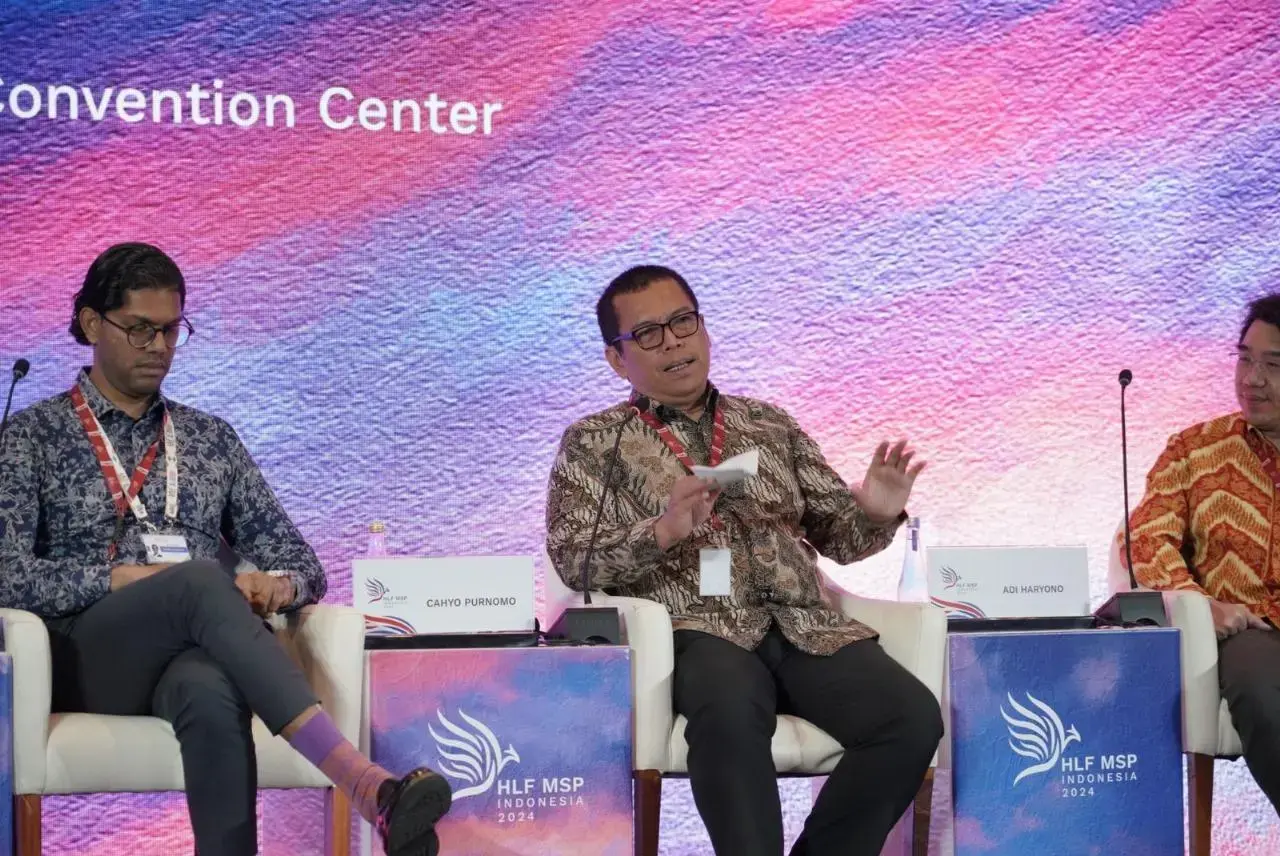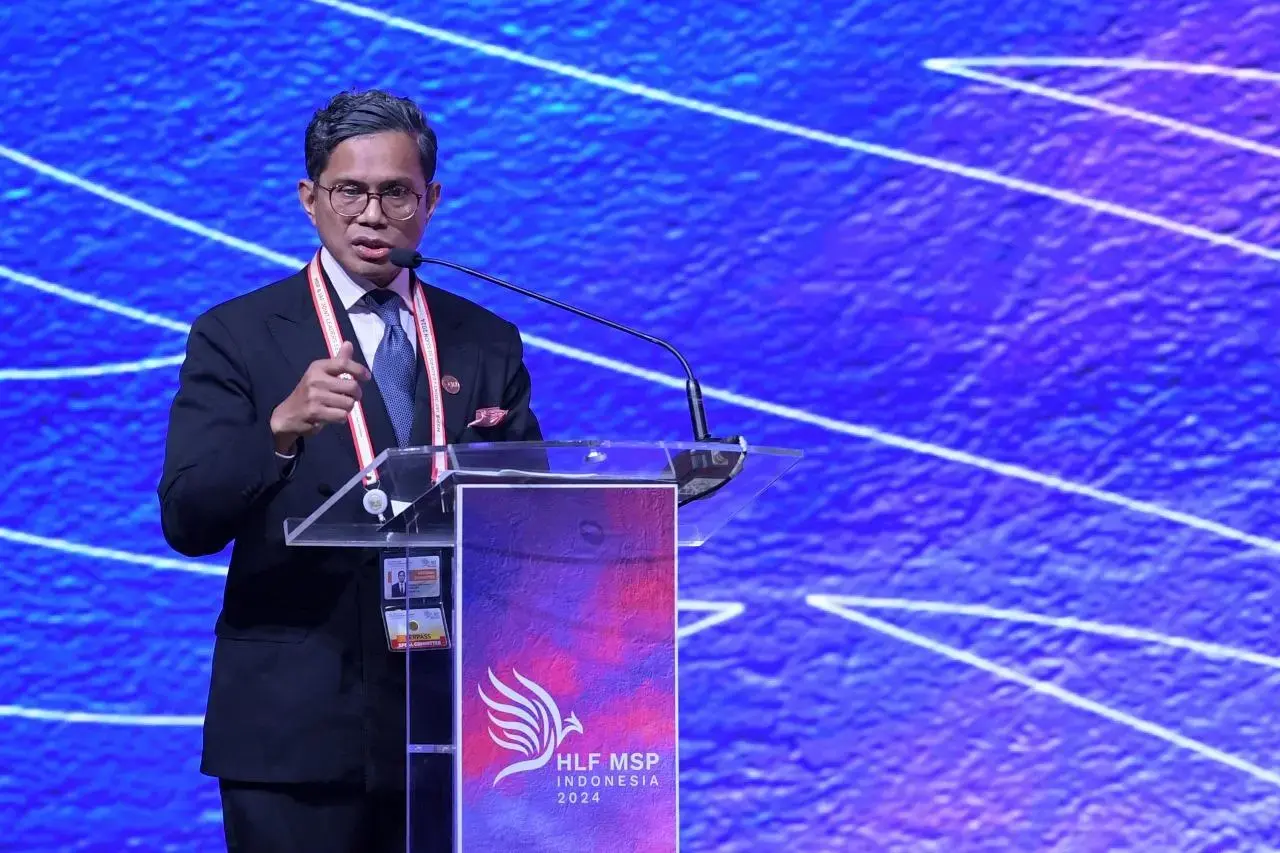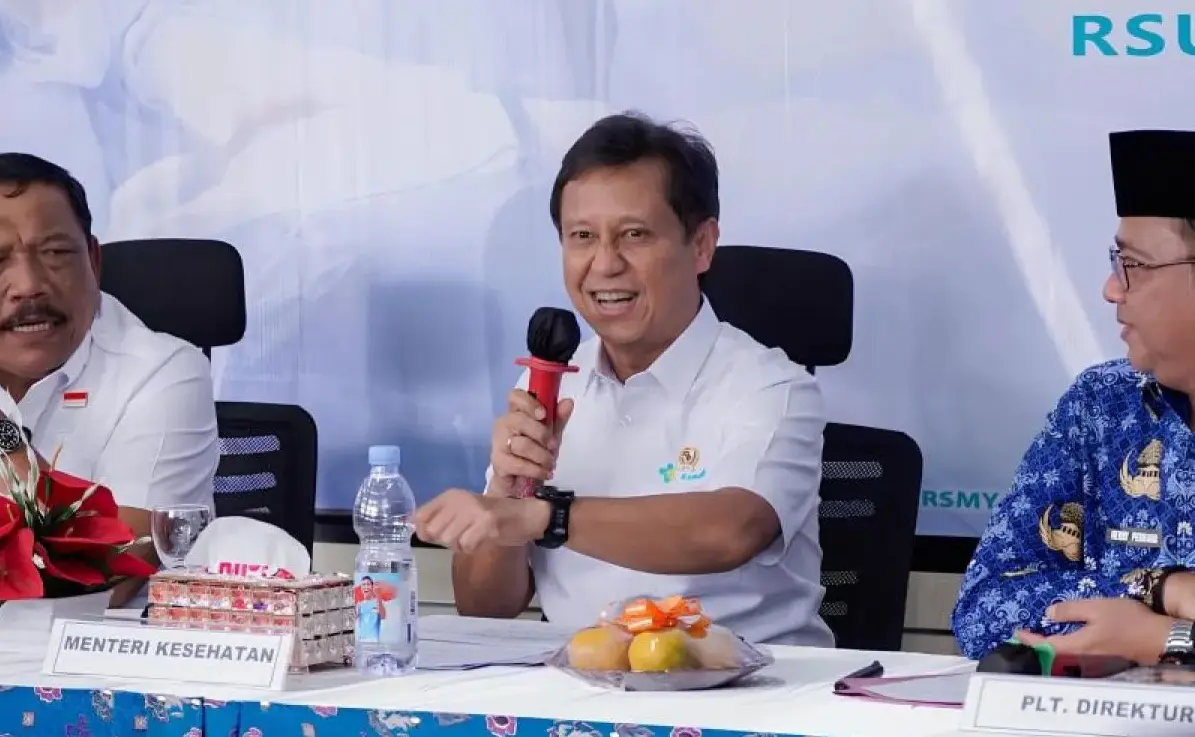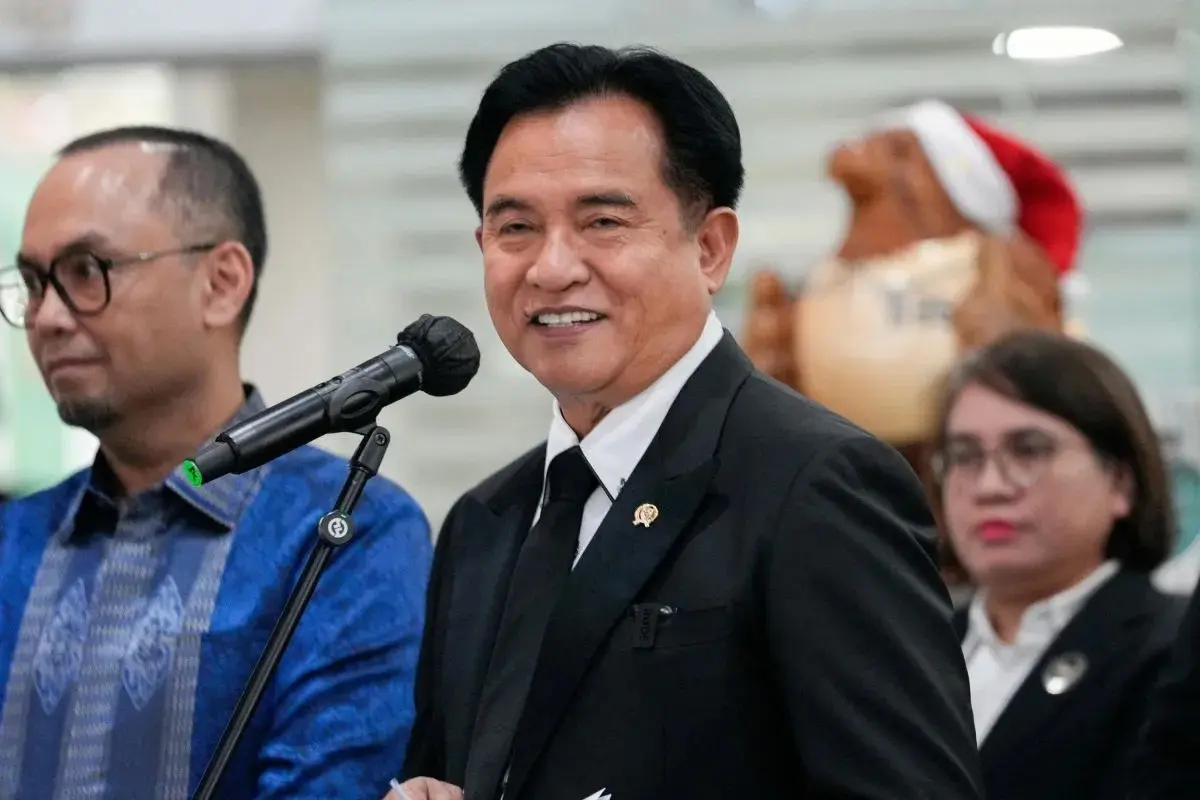inp.polri.go.id - Badung. The High Level Forum on Multi-Stakeholder Partnerships once again raised critical discussions on global investment strategies with the theme “Unlocking Growth: Overcoming Barriers and Optimizing Investment Returns through Smart Outbound-Inbound Strategies”.
In a session that was held on Tuesday (9/3/2024), experts highlighted the importance of smart investment strategy in facing the current global challenges and ensuring optimal investment return, particularly amidst the continuous global crisis.
The increasing number of countries from the Global South that are actively participating in global capital flows by implementing investment strategies, shows significant growth in foreign investment. This means that outbound and inbound are becoming more innovative. Although there was a decline in global Foreign Direct Investment (FDI) by 2 percent to USD1.3 trillion last year, some regions such as Southeast Asia actually showed an increase in foreign investment.
"In Southeast Asia, FDI actually increased by 1.3 percent, reaching 226 billion USD. This is a positive indication that, despite political and economic challenges in the region, ASEAN remains an attractive investment destination with the potential for higher growth," he said.
The World Investment Report in 2022 shows that developed countries dominate FDI receipts with a total of around 1 trillion USD, while developing and least developed countries only receive around 400 million USD. This distribution indicates a significant imbalance in FDI flows, where the majority of investment is still concentrated in developed countries, while only 23 percent flows to the Asia-Pacific region.
In addition, there is a trend that shows that investment from developing countries is more often flowing back to strong countries in the Global South or developed countries in the North, widening the investment gap between the South and the North. Factors such as demographic quality, limited infrastructure, and minimal support for foreign investment are often the main obstacles for developing countries to attract investment.
The session also emphasized the need to change investment patterns to be more inclusive and accessible to all countries, while maintaining optimal returns and resilience to global economic fluctuations. Countries in the South were also encouraged to create a more conducive domestic environment to increase foreign investment flows.
"It is important for us to continue to push strategies that can optimize investment returns amidst global economic uncertainty. Through the right policies and adequate infrastructure support, countries in the Global South can increase their competitiveness in attracting greater foreign investment," Cahyo added.
(ad/ta/pr/nm)












